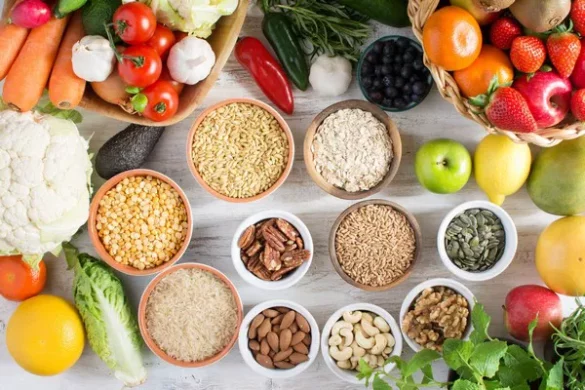The COVID-19 pandemic brought unprecedented challenges to Canadians, but it also sparked remarkable generosity and government support, which left many of the country’s largest food banks with substantial financial reserves. These reserves, totaling around $168 million in cash and investments, have provided a financial cushion that is currently helping feed those facing economic difficulties during an affordability crisis.
Twelve major food banks across Canada saw their reserve balances quadruple since 2019, even as their expenses doubled during the same period. Moreover, national and provincial food bank associations added another $70 million to their collective reserves.
These financial windfalls resulted from surpluses fueled by pandemic-related donations and extraordinary government grants. Some food banks are still benefiting from these surpluses, further bolstering their financial strength.
David Long, CEO of the Greater Vancouver Food Bank, acknowledged that he’s not currently facing financial struggles but expressed concerns about the future. Food bank leaders nationwide share these concerns, particularly as food prices rise, and the housing crisis deepens. Some food banks are already witnessing their surpluses turn into deficits as donations decline, and the demand for food assistance continues to grow.
“It’s a perfect storm of more people needing food and a huge amount of people that have no more discretionary income to give to charities,” Long explained.
As the landscape of need and support continues to evolve, the fate of these substantial reserves remains a pressing question for Canada’s food banks.

